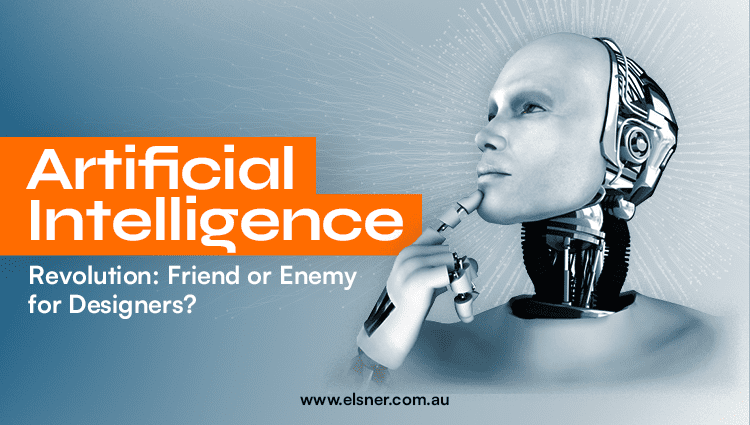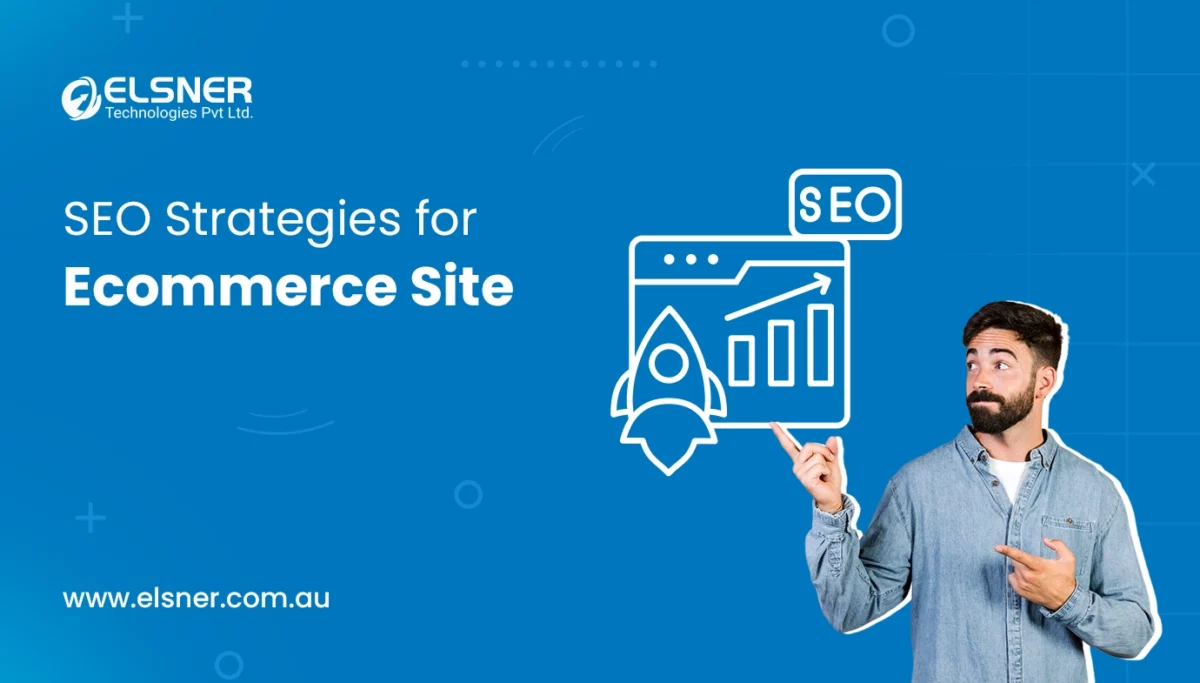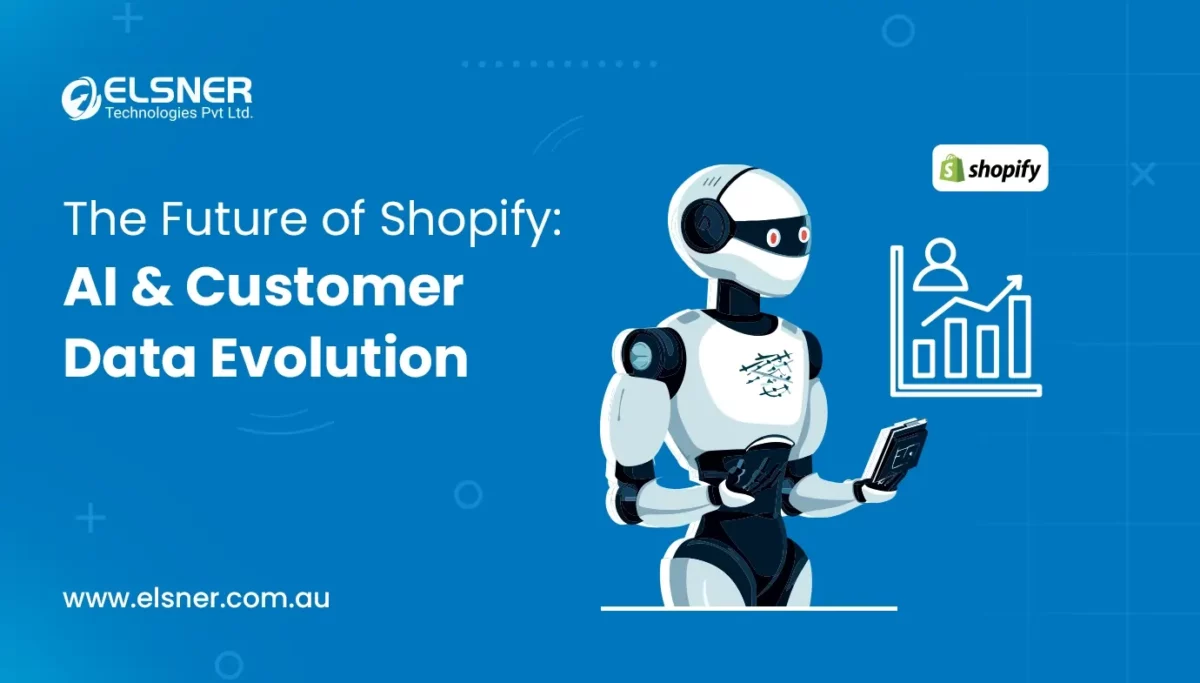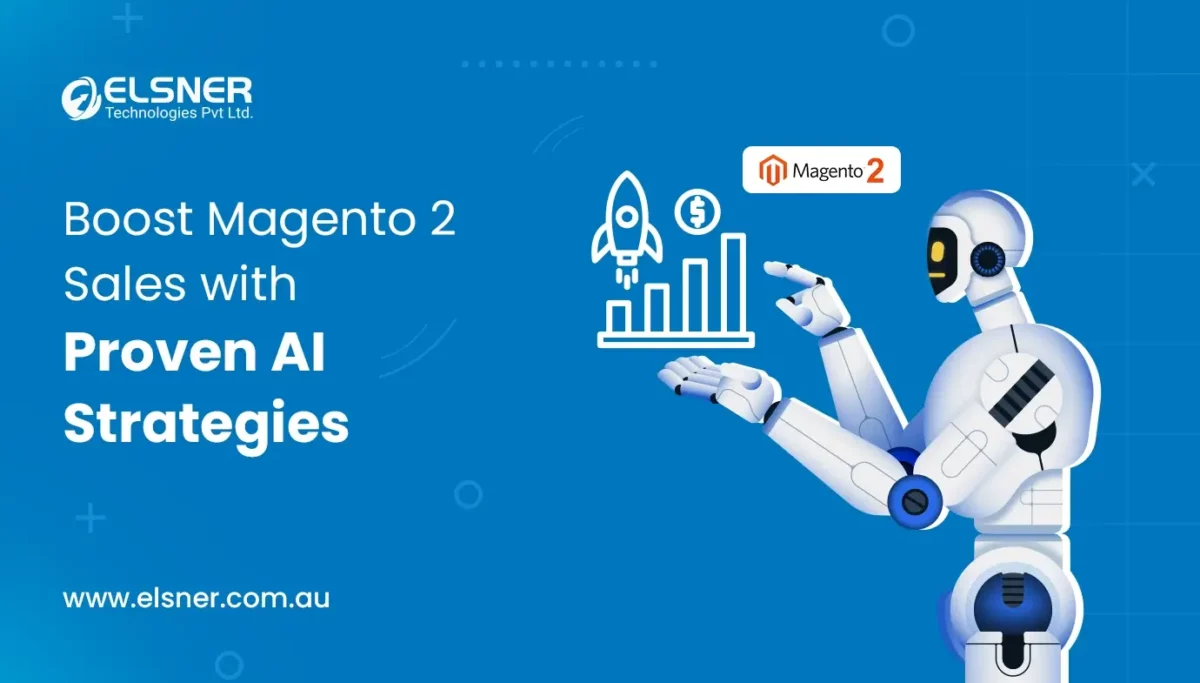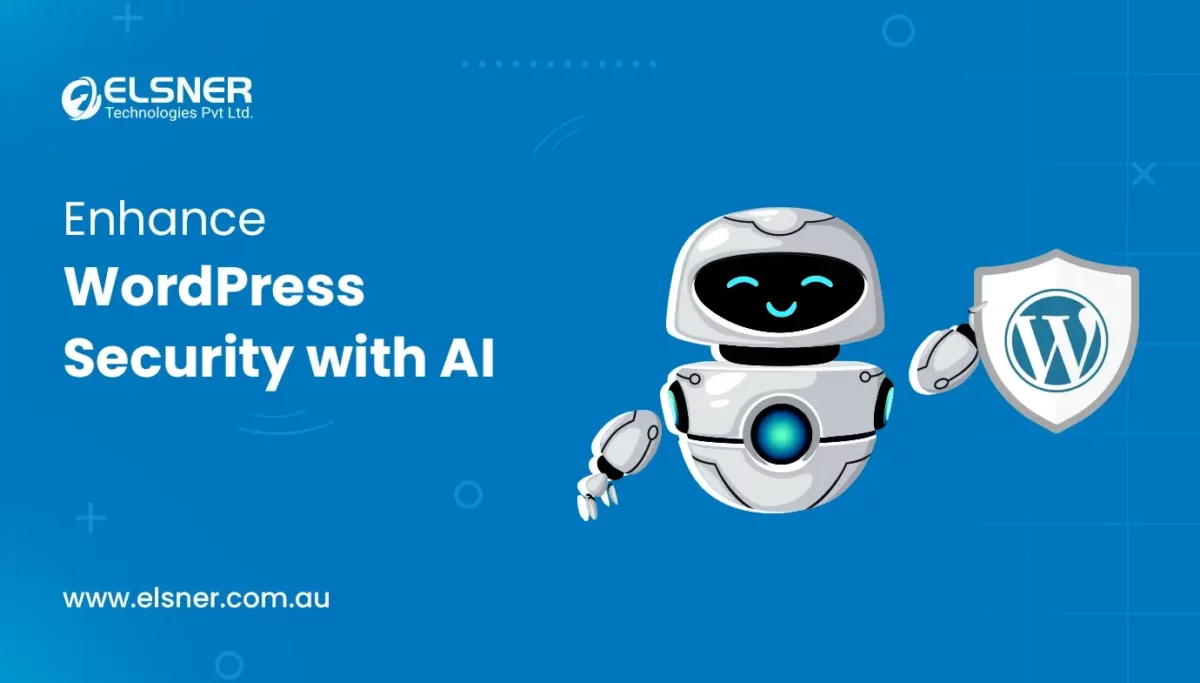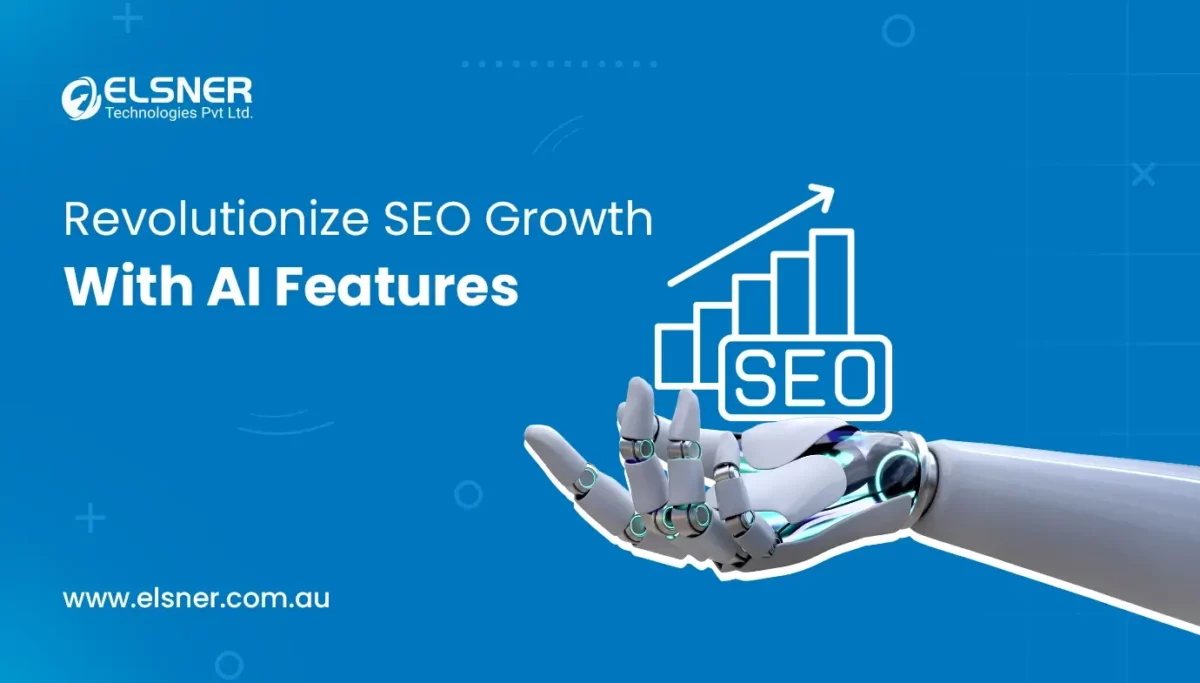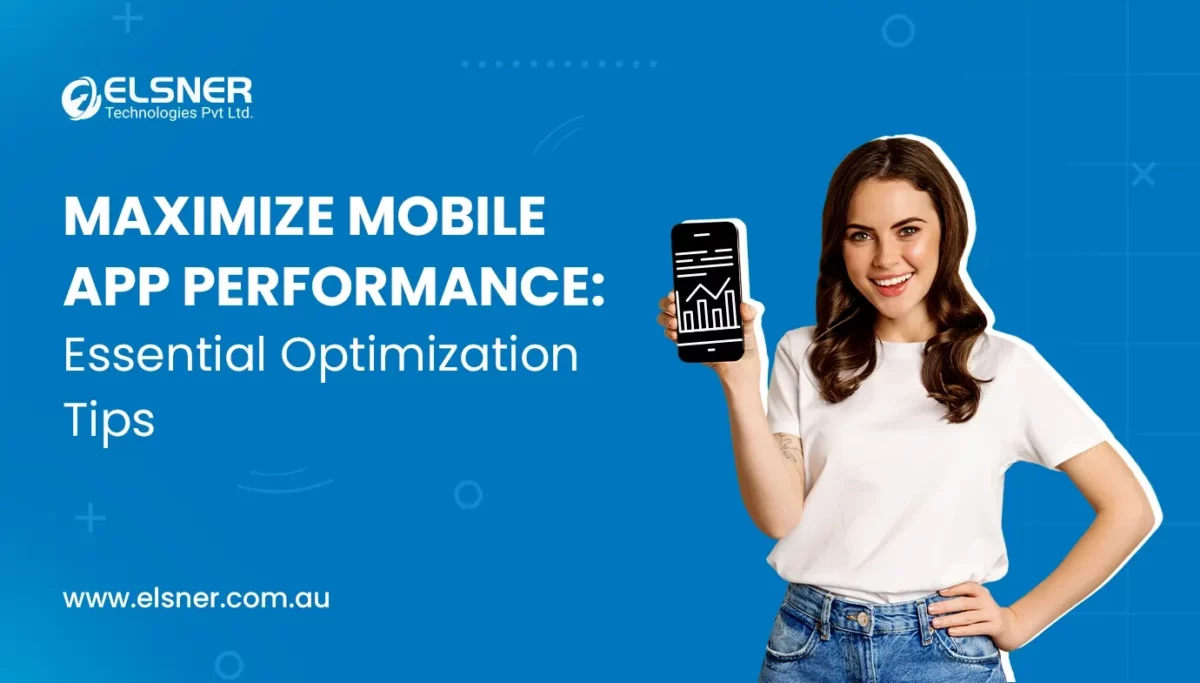Does Artificial Intelligence threaten or benefit the designers?
Artificial intelligence is the ability of machines to do tasks that would ordinarily need human intelligence. AI has been used in several design-related fields, including graphic design, user experience/user interface design, web design, and product design. AI-powered design tools and technology can aid designers in developing, analyzing, optimizing, and evaluating their designs.
Is AI, however, a threat or an ally for designers and the industry? This is a contentious issue that has caused much debate. This blog post will examine both viewpoints and the potential benefits and cons of using AI in design. We’ll provide some advice for balancing the use of AI in design with moral and responsible behavior, as well as our opinions and viewpoints.
What is Artificial Intelligence?
Many distinct titles and concepts describe artificial intelligence (AI). Although most people (particularly those inexperienced with AI) assume it is a relatively recent technological breakthrough, it first appeared in the 1950s.
Throughout history, the game industry has developed AI, which has penetrated our homes and achieved an all-time high in development, investment, and passion. If you Google “artificial intelligence,” you’ll find many stories and predictions about how AI could eventually replace human labor and, potentially, end the human race. True, artificial intelligence is still a long way from approaching human-level general intelligence.
Does AI pose a threat or an ally to designers and the industry?
AI as a threat
- It has the potential to replace human designers by automating procedures, producing designs without human input, and learning from data faster and more effectively than humans.
- As AI-generated designs grow increasingly widespread, the value and uniqueness of human creativity and expression may dwindle.
- If AI is not properly built and regulated, it may result in ethical and social challenges such as bias, discrimination, manipulation, privacy concerns, and security risks.
AI as an ally
- Artificial Intelligence could help human designers by providing new perspectives, ideas, suggestions, and help, as well as new tools and methods for creating better designs.
- By maximizing efficiency, usability, accessibility, and aesthetics, AI could increase the quality and effectiveness of the design process and outcomes.
- The industry may face new opportunities and difficulties in innovation, collaboration, education, and ethics.
How could AI replace human designers by automating tasks, generating designs, and learning from data?
AI can potentially transform the design area by automating numerous operations, developing designs, and learning from data. Here’s how AI can help web design company Melbourne in certain fields:
- Task Automation: AI can automate time-consuming and repetitive design chores, including producing design variations, resizing items, and formatting layouts. AI can accomplish these jobs more efficiently than humans by leveraging algorithms and rule-based systems, freeing designers’ time for more creative and strategic work.
- Creating Designs: AI techniques, such as Generative Adversarial Networks (GANs) or Variational Autoencoders (VAEs), may learn from large volumes of design data and develop new designs based on patterns and styles detected. AI can create fresh and creative design concepts matched to specific requirements by studying existing designs and understanding design principles. This is very beneficial for developing basic design concepts or exploring design options.
- Learning from Data: AI can extract patterns, preferences, and design rules from massive datasets of design samples, including successful designs and user input. AI models can learn what works effectively in design by training on this data and then using that knowledge to build or optimize new designs. Instead of relying simply on human intuition, this can lead to more effective and user-centric designs based on factual evidence.
It’s crucial to emphasize that while AI can help designers by automating certain portions of the design process, it’s unlikely to replace them. Design is a multifaceted and creative field involving subjective decision-making, sensitivity, and a thorough understanding of human behavior and aesthetics.
Human designers contribute unique views, intuition, and contextual understanding to the table that AI cannot readily imitate. As a result, rather than a total replacement, AI is best viewed as a strong tool to supplement and increase human creativity and efficiency in the design process.
What are the tools & software which may threaten the design industry?
- AI-driven video editings solutions like Magisto and Adobe Premiere Pro’s Auto Reframe function may automatically analyze material and output modified videos. These tools speed up the editing process, but they may reduce the requirement for human video editors, especially for fundamental editing tasks.
- AI-powered technologies like ChatGPT and Copy.ai may generate written material such as blog posts, product descriptions, and social media captions. While these technologies can save time and produce initial drafts, in some cases, they may minimize the necessity for human copywriters.
- Algorithmic Music Composition: AI algorithms can analyze large musical datasets and produce innovative compositions. Platforms such as Amper Music and Jukedeck use artificial intelligence to create royalty-free music for various applications, potentially replacing the need for human composers in some cases.
- Generative Design Software: AI-powered design tools like Autodesk’s Generative Design and Dassault Systèmes’ CATIA may explore and optimize thousands of design choices based on user-defined constraints. While these technologies can help speed up the design process, they may impact how human designers generate and refine design concepts.
- AI-based color palette generators, such as Coolors and Adobe Color, can evaluate photos, user preferences, or design principles to recommend color schemes. These technologies can help designers, but they may also eliminate the need for considerable manual color selection and experimentation.
How could AI enhance human design by providing insights, inspiration, feedback, and assistance?
Artificial intelligence can dramatically improve human designers by giving useful insights, inspiration, feedback, and support throughout the design process. Here’s an example of how artificial intelligence can help designers:
- Insights from Data Analysis: AI can extract significant insights from enormous databases of design samples, customer comments, and market trends. AI can advise designers about what works well in specific circumstances and assist them in making data-driven decisions during the design process by finding trends, preferences, and design principles.
- Design Variations and Ideas: AI-powered technologies can produce design variations and ideas based on existing designs, styles, or user preferences. These tools can be used as sources of inspiration, assisting designers in exploring new possibilities and breaking through creative blockages. AI can suggest design alternatives that designers may not have considered, sparking their creativity and broadening their design repertory.
- Iteration and feedback: AI may provide real-time feedback on ideas, suggest improvements, recognize possible problems, and assuring adherence to e-commerce website design. This input can assist designers in quickly iterating and refining their designs. Design components such as color palettes, typography, and composition can be analyzed by AI-powered technologies, giving designers vital feedback on aesthetics and usability.
- Assistance with Repetitive processes: AI can automate repetitive and time-consuming processes like picture resizing, layout formatting, and design variation generation. Designers can focus more on strategic and creative aspects of their job by delegating these activities to AI-powered solutions. This automation can boost designers’ productivity by allowing them to devote more time to high-value tasks.
- Accessibility and Inclusivity: Artificial intelligence can help to create more accessible and inclusive designs. It can aid in generating alternative formats, compliance with color contrast, and optimizing designs for various user needs. AI systems may evaluate and interpret user data to provide tailored experiences that take language, culture, and individual preferences into account.
Most of the web design agency Melbourne can benefit from greater efficiency, data-driven decision-making, broader creativity, and improved user-centric design by integrating AI in various ways. It’s vital to highlight that AI works best when interacting with human creators, complementing rather than replacing their unique strengths and knowledge. AI and human creativity together can result in unique and impactful design solutions.
AI-powered design tools and software can boost human productivity and capabilities dramatically. Here are a couple of such examples:
Tools for Design Assistance and Collaboration:
- Figma: It is a collaborative design platform that allows designers to collaborate in real time. It includes features such as version control, design components, and shared libraries, which help to increase team productivity and streamline design workflows.
- InVision: It is a prototyping and collaboration tool allowing designers, developers, and stakeholders to work seamlessly. It lets designers develop interactive prototypes quickly, receive feedback, and iterate on designs.
Content Creation and Optimization Software:
- Grammarly is an AI-powered writing assistant that aids in the improvement of grammar, spelling, and style in written text. It can help designers create concise, error-free design documentation, blog pieces, and marketing materials.
- Unsplash is a platform that employs artificial intelligence to compile a large library of high-quality, royalty-free photos. Designers may save time and effort by conveniently searching for and finding suitable photos for their projects.
Design Automation Software:
- Sketch Plugin Ecosystem: A vibrant ecosystem of AI-powered plugins that automate repetitive design chores exists for Sketch, a popular design tool. Plugins such as Sketch Runner, Craft, and Stark help to streamline workflows, generate assets, and manage design systems.
- Adobe Photoshop Content-Aware Fill: Adobe Photoshop’s Content-Aware Fill function intelligently removes items from photos and flawlessly fills in the gaps. When editing photographs or deleting undesired elements, this saves designers time.
Tools for Design Research and Data Analysis:
- Hotjar: Hotjar is a user feedback and analytics application that helps designers understand how users engage with their designs. It offers heatmaps, session recordings, and user surveys to help designers improve their designs.
- Google Analytics: For tracking user behavior, website traffic, and conversion rates, Google Analytics provides comprehensive data analytics tools. Designers can utilize this information to improve user experiences and make more informed design decisions.
Pattern Recognition and Design Assistance Tools:
- Adobe Sensei is an AI-powered platform integrated into several Adobe Creative Cloud applications. It includes features such as picture identification, typeface recognition, and content-aware fill to help designers with tasks like image editing, font selection, and content creation.
Conclusion
Accept AI as a tool for cooperation rather than a replacement for human creators. Create an environment where AI and human ingenuity can collaborate for the best results. Put the needs and experiences of users first. AI should improve user-centric design rather than replace human designers’ sympathetic understanding and intuition.
Examine the outputs of AI-powered tools and software for accuracy. Human designers should use critical thinking to analyze AI proposals and recommendations, ensuring they meet the project’s aims and adhere to ethical standards.
Be mindful of potential biases in AI algorithms and data sets. Reduce biases through diversifying training data, employing inclusive design techniques, and addressing ethical considerations throughout the design process.
AI can be an ally for graphic and UX/UI designers when utilized appropriately and in conjunction with human skills. By harnessing AI’s capabilities, designers may improve their productivity, get useful insights, and automate repetitive processes. Maintaining an ethical balance between AI and human creativity will result in new and powerful solutions that resonate with users.
